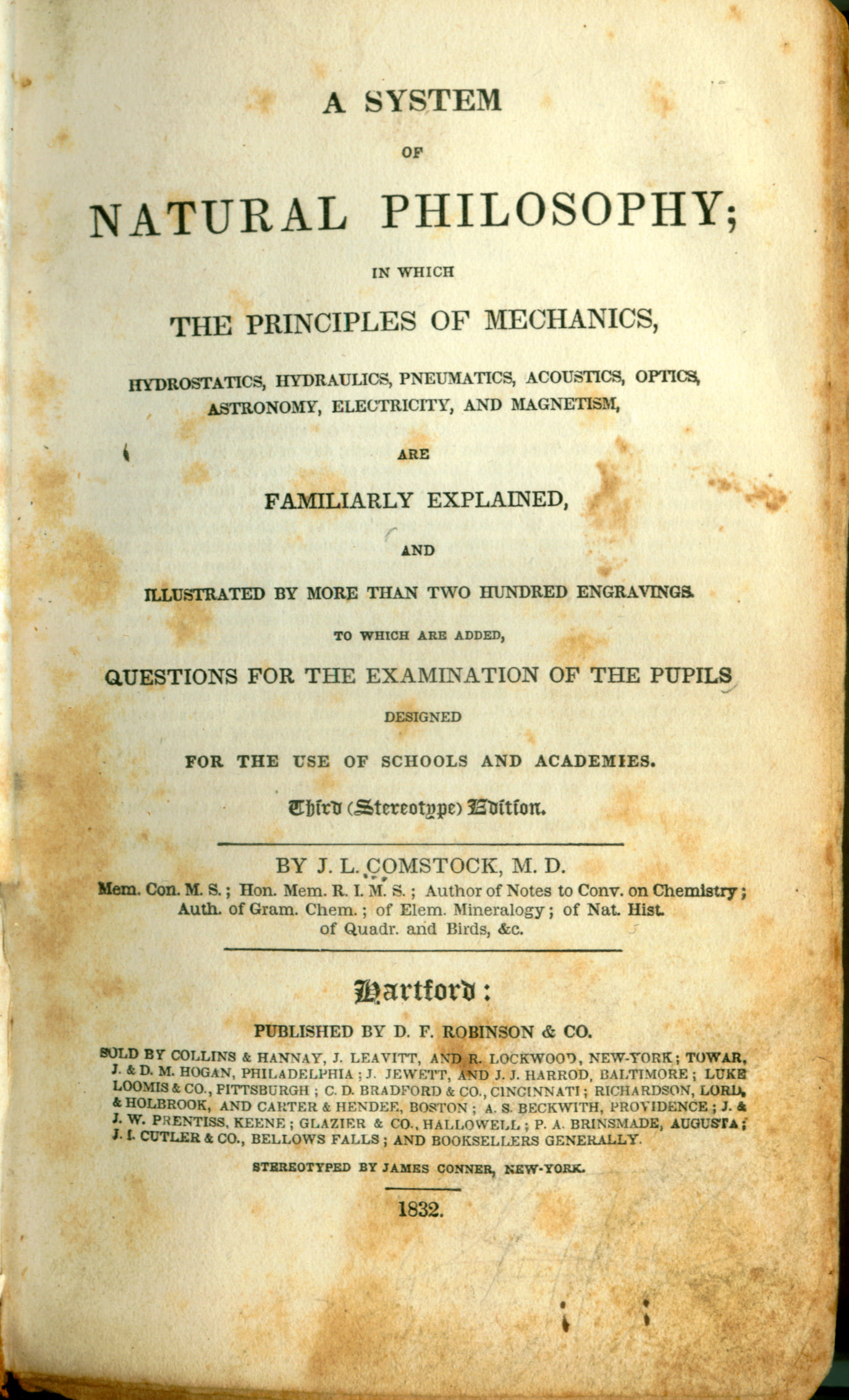California: A History (Modern Library Chronicles) by Kevin Starr
A California classic . . . California, it should be remembered, was very much the wild west, having to wait until 1850 before it could force its way into statehood. so what tamed it? Mr. Starr's answer is a combination of great men, great ideas and great projects.--The Economist From the age of exploration to the age of Arnold, the Golden State's premier historian distills the entire sweep of California's history into one splendid volume. Kevin Starr covers it all: Spain's conquest of the native peoples of California in the early sixteenth century and the chain of missions that helped that country exert control over the upper part of the territory; the discovery of gold in January 1848; the incredible wealth of the Big Four railroad tycoons; the devastating San Francisco earthquake of 1906; the emergence of Hollywood as the world's entertainment capital and of Silicon Valley as the center of high-tech research and development; the role of labor, both organized and migrant, in key industries from agriculture to aerospace. In a rapid-fire epic of discovery, innovation, catastrophe, and triumph, Starr gathers together everything that is most important, most fascinating, and most revealing about our greatest state. Praise for California [A] fast-paced and wide-ranging history . . . [Starr] accomplishes the feat with skill, grace and verve.--Los Angeles Times Book Review Kevin Starr is one of california's greatest historians, and California is an invaluable contribution to our state's record and lore.--MarIa ShrIver, journalist and former First Lady of California A breeze to read.--San Francisco Editorial Reviews Review Kevin Starr is one of California's greatest historians, and California: A History is an invaluable contribution to our state's record and lore. -Maria Shriver, First Lady of California From Juan Rodrguez Cabrillo to Arnold Schwarzenegger, the Donner Party to the 1992 Los Angeles riots, Kevin Starr captures the fullness of California history in one sweeping and masterful narrative. Starr is not only the Golden State's greatest living chronicler, he is also one of its greatest treasures. -Gregory Rodrguez, senior fellow, New America Foundation, and contributing editor, Los Angeles Times I am honored to recommend California: A History, this perfect distillation of Kevin Starr's life's work. He is California's most devoted lover and most passionate advocate, our patron saint. He transforms an already fascinating tale and imbues it with ineffable magic and grace. -Carolyn See, author of Making a Literary Life There is no more knowledgeable or insightful historian of the California dream than Kevin Starr. -Richard Rodrguez A magisterially authoritative survey of the movements-geological, political, scientific, artistic, and sociological-that have shaped California into the unique state it is today. This engrossing warts-and-all saga is told with a verve and panache that sweep the reader along. -Michael York About the Author From 1994 to 2004 Kevin Starr served as State Librarian for California. He now teaches at the University of Southern California. His writings have earned him the National Medal of the Arts, the Centennial Medal of the Harvard Graduate School, a Guggenheim Fellowship, and election to the Society of American Historians. Excerpt. Reprinted by permission. All rights reserved. 1 QUEEN CALAFIA'S ISLAND Place and First People First described in a bestseller, California entered history as a myth. In 1510 the Spanish writer Garci Ordóez de Montalvo issued a sequel to his 1508 prose romance Amadis de Gaula, which Montalvo had in turn based upon a late thirteenth- to early fourteenth-century Portuguese narrative derived from French sources. Published in Seville, Montalvo's Las Sergas de Esplandin (The Deeds of Esplandin) chronicled the exploits of Esplandin, son of the hero Amadis of Gaul, at the siege of Constantinople. Among Esplandin's allies at the siege were the Californians, a race of black Amazons under the command of Queen Calafia. California itself, according to Montalvo, was an island on the right hand of the Indies . . . very close to the side of the Terrestrial Paradise, abounding in gold and precious stones. The Californians rode griffins into battle and fought with golden weapons. Queen Calafia herself was very large in person, the most beautiful of all of them, of blooming years, and in her thoughts desirous of achieving great things, strong of limb and of great courage. Equipping a fleet, Calafia had sailed to Constantinople to join the other great captains of the world in the siege against the Turks. By the end of the story, Queen Calafia and the Californians have become Christians (which involved, one surmises, giving up their promiscuous ways and the feeding of their male offspring to their griffins), and Calafia herself marries one of Esplandin's trusted lieutenants, with whom she goes on to further adventures. In 1863 the Boston antiquarian Edward Everett Hale, author of the well-known short story The Man Without a Country, sent a paper to the American Antiquarian Society in which he provided translations of key passages of Las Sergas de Esplandin and cited the prose romance as the source of the name California. Hale's report was in turn reported on by The Atlantic Monthly in March 1864. Montalvo's two tales, Hale noted, were instant bestsellers and remained so for the rest of the sixteenth century. Not until the publication of Don Quixote de la Mancha by Miguel de Cervantes Saavedra in two parts in 1605 and 1615 were Montalvo's romances superseded in popularity. Don Quixote, furthermore, was not the only one to take these stories as literal fact. The Spanish in general had a tendency to conflate fact with fiction when it came to these prose romances. In 1533 a party of Spanish explorers, sailing west from Mexico across an unnamed sea at the command of Hernn Cortés, conqueror of Mexico, landed on what they believed to be an island in the recently discovered Pacific. After 1539 they began to call the place after the mythic island of California, half believing and more than fully hoping they would find there as well the gold and precious stones described in Montalvo's romance, and perhaps even an Amazon or two. Not until 1539-40 did the Spanish discover their geographical mistake. California was a peninsula, not an island, and north of this peninsula--eventually called Antigua or Old California--was a vast northern region that the Spaniards, for one reason or another, would be unable to settle for another 230 years. The American state of California faces the Pacific Ocean between latitude 42 degrees north (at the border of the American state of Oregon) and latitude 32 degrees north (at the border of the Mexican state of Baja California Norte). On a clear day, photographed from a satellite, California appears as a serene palette of blue, green, brown, white, and red. This apparent serenity, however, masks a titanic drama occurring beneath the surface, in the clash of the two tectonic plates upon which California rests. California itself resulted from a collision of the North American and Pacific plates. Across a hundred million years, the grinding and regrinding of these plates against each other, their sudden detachments, their thrusts above or below each other--together with the lava flow of volcanoes, the bulldozing action of glaciers, and, later, the flow of water and the depositing of alluvial soil--created a region almost abstract in its distinct arrangements of mountain, valley, canyon, coastline, plain, and desert. As the California-born philosopher and historian Josiah Royce observed, there is nothing subtle about the landforms and landscapes of California. Everything is scaled in bold and heroic arrangements that are easily understood. Fronting more than half the shoreline of the western continental United States, California--all 158,693 square miles of it--offers clear-cut and confrontational topographies. First of all, there is the 1,264-mile Pacific shoreline itself. Thirty million years ago, tectonic action formed this shoreline by detaching a great land mass from the southern edge of the Baja California peninsula, moving it northward, and attaching it back onto the continent. At four strategic intervals--the bay of San Diego in the south, Monterey and San Francisco bays in the midregion, and Humboldt Bay in the north--this appended land mass opened itself to the sea and created four harbors. Formed as recently as thirty thousand years ago when mountains on the shoreline collapsed and the sea rushed in, San Francisco Bay is among the two or three finest natural harbors on the planet. Rising from this coastline, from north to south, various mountain ranges run boldly into the Pacific. At latitude 35 degrees 30 minutes north, in the county of San Luis Obispo, these coastal mountains bifurcate into two ranges: the Transverse Ranges, veering in a southeasterly direction into southern Kern County in the interior, and the Peninsula Ranges, continuing southward down the coast. In the far north, the Klamath Mountains and the southern tip of the Cascades move in an easterly direction toward the Modoc Plateau on the northeastern corner. Running south from the Modoc Plateau is another, even more formidable mountain range, the Sierra Nevada--John Muir's Range of Light, four hundred miles long, eighty miles wide--sealing off the eastern edge of California from the Great Basin until these mighty mountains yield to the Mojave Desert in the southeastern corner. Forty-one California mountains rise to more than ten thousand feet. The highest--Mount Whitney--is, at 14,496 feet, the second highest mountain in the continental United States. Mount Shasta in the north--rising from its plain to a height of 14,162 feet, its crowning glaciers still grinding against each other--was once an active volcano. Nearby Mount Lassen, also a volcano, was active as recently as 1921. Thus in eons past did mountains set the stage for the essential drama of the California landscape: an interplay of heights, flatland, and coast. Coastal plains adjoin the bays of San Francisco and Monterey, and a great basin, the Los Angeles Plain, flanks the coast south of the Transverse Ranges. Four hundred and thirty miles in length, the Central Valley runs through the center of the state in two sequences, the San Joaquin Valley to the south, the Sacramento Valley to the north. Open and sweeping as well are the moonlike Modoc Plateau in the northeastern corner of the state, the high desert Great Basin on the eastern edge of the Sierra Nevada, the Mojave Desert in the southeast, and the Salton Trough thrusting itself up from Baja. Here it is, then: a landscape of stark contrasts, vibrant and volatile with the geological forces that shaped the western edge of the continent. Numerous fault lines--the San Andreas, the Hayward, the Garlock, the San Jacinto, the Nacimiento--crisscross the western edge from San Francisco Bay to the Mexican border, keeping the region alive with tectonic action. Within human memory--in 1857 at the Tejon Pass in Southern California, in 1872 in the Owens Valley, in San Francisco in 1906, in Long Beach in 1933, in the San Fernando Valley in 1971, again in the San Francisco Bay Area in 1989, and again in the San Fernando Valley in 1994--great earthquakes shook the land, destroying lives and property. At magnitude 8.3 on the Richter scale, the San Francisco earthquake of April 18, 1906, like the Lisbon earthquake of 1775, precipitated the destruction of an entire city.
Publication Details
Title:
Author(s):
Illustrator:
Binding: Paperback
Published by: Modern Library: , 2007
Edition:
ISBN: 9780812977530 | 081297753X
416 pages.
Book Condition: Very Good
Pickup currently unavailable at Book Express Warehouse
Product information


New Zealand Delivery
Shipping Options
Shipping options are shown at checkout and will vary depending on the delivery address and weight of the books.
We endeavour to ship the following day after your order is made and to have pick up orders available the same day. We ship Monday-Friday. Any orders made on a Friday afternoon will be sent the following Monday. We are unable to deliver on Saturday and Sunday.
Pick Up is Available in NZ:
Warehouse Pick Up Hours
- Monday - Friday: 9am-5pm
- 35 Nathan Terrace, Shannon NZ
Please make sure we have confirmed your order is ready for pickup and bring your confirmation email with you.
Rates
-
New Zealand Standard Shipping - $6.00
- New Zealand Standard Rural Shipping - $10.00
- Free Nationwide Standard Shipping on all Orders $75+
Please allow up to 5 working days for your order to arrive within New Zealand before contacting us about a late delivery. We use NZ Post and the tracking details will be emailed to you as soon as they become available. There may be some courier delays that are out of our control.
International Delivery
We currently ship to Australia and a range of international locations including: Belgium, Canada, China, Switzerland, Czechia, Germany, Denmark, Spain, Finland, France, United Kingdom, United States, Hong Kong SAR, Thailand, Philippines, Ireland, Israel, Italy, Japan, South Korea, Malaysia, Netherlands, Norway, Poland, Portugal, Sweden & Singapore. If your country is not listed, we may not be able to ship to you, or may only offer a quoting shipping option, please contact us if you are unsure.
International orders normally arrive within 2-4 weeks of shipping. Please note that these orders need to pass through the customs office in your country before it will be released for final delivery, which can occasionally cause additional delays. Once an order leaves our warehouse, carrier shipping delays may occur due to factors outside our control. We, unfortunately, can’t control how quickly an order arrives once it has left our warehouse. Contacting the carrier is the best way to get more insight into your package’s location and estimated delivery date.
- Global Standard 1 Book Rate: $37 + $10 for every extra book up to 20kg
- Australia Standard 1 Book Rate: $14 + $4 for every extra book
Any parcels with a combined weight of over 20kg will not process automatically on the website and you will need to contact us for a quote.
Payment Options
On checkout you can either opt to pay by credit card (Visa, Mastercard or American Express), Google Pay, Apple Pay, Shop Pay & Union Pay. Paypal, Afterpay and Bank Deposit.
Transactions are processed immediately and in most cases your order will be shipped the next working day. We do not deliver weekends sorry.
If you do need to contact us about an order please do so here.
You can also check your order by logging in.
Contact Details
- Trade Name: Book Express Ltd
- Phone Number: (+64) 22 852 6879
- Email: sales@bookexpress.co.nz
- Address: 35 Nathan Terrace, Shannon, 4821, New Zealand.
- GST Number: 103320957 - We are registered for GST in New Zealand
- NZBN: 9429031911290
We have a 30-day return policy, which means you have 30 days after receiving your item to request a return.
To be eligible for a return, your item must be in the same condition that you received it, unworn or unread.
To start a return, you can contact us at sales@bookexpress.co.nz. Please note that returns will need to be sent to the following address: 35 Nathan Terrace, Shannon, New Zealand 4821.
If your return is for a quality or incorrect item, the cost of return will be on us, and will refund your cost. If it is for a change of mind, the return will be at your cost.
You can always contact us for any return question at sales@bookexpress.co.nz.
Damages and issues
Please inspect your order upon reception and contact us immediately if the item is defective, damaged or if you receive the wrong item, so that we can evaluate the issue and make it right.
Exceptions / non-returnable items
Certain types of items cannot be returned, like perishable goods (such as food, flowers, or plants), custom products (such as special orders or personalised items), and personal care goods (such as beauty products). Although we don't currently sell anything like this. Please get in touch if you have questions or concerns about your specific item.
Unfortunately, we cannot accept returns on gift cards.
Exchanges
The fastest way to ensure you get what you want is to return the item you have, and once the return is accepted, make a separate purchase for the new item.
European Union 14 day cooling off period
Notwithstanding the above, if the merchandise is being shipped into the European Union, you have the right to cancel or return your order within 14 days, for any reason and without a justification. As above, your item must be in the same condition that you received it, unworn or unused, with tags, and in its original packaging. You’ll also need the receipt or proof of purchase.
Refunds
We will notify you once we’ve received and inspected your return, and let you know if the refund was approved or not. If approved, you’ll be automatically refunded on your original payment method within 10 business days. Please remember it can take some time for your bank or credit card company to process and post the refund too.
If more than 15 business days have passed since we’ve approved your return, please contact us at sales@bookexpress.co.nz.

